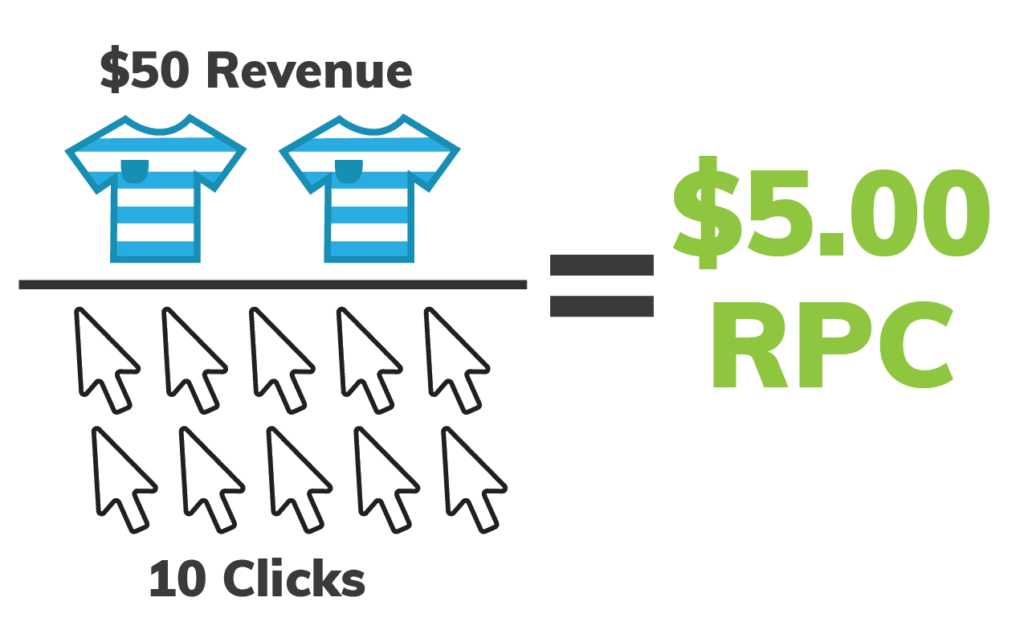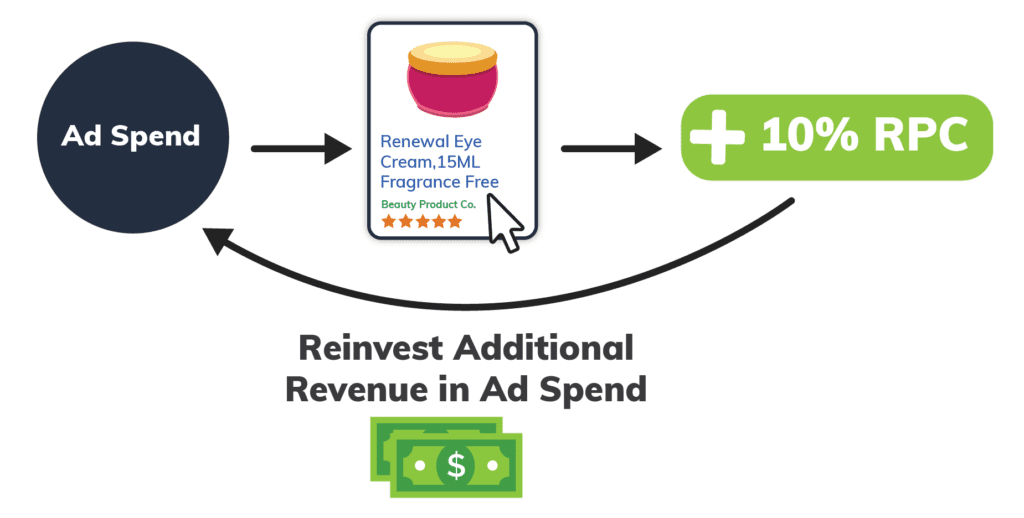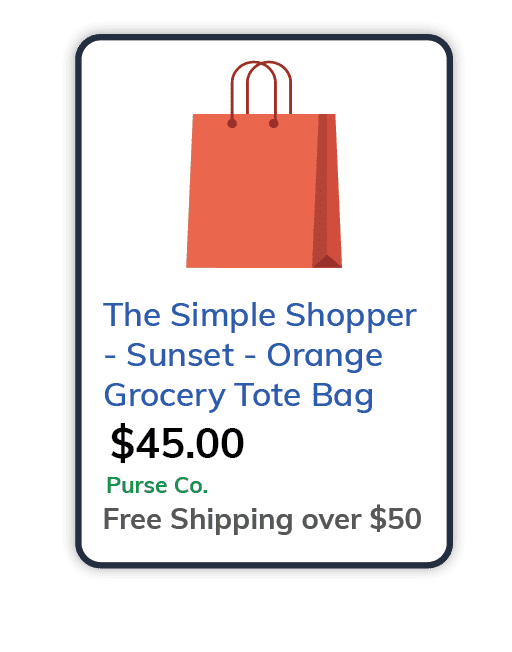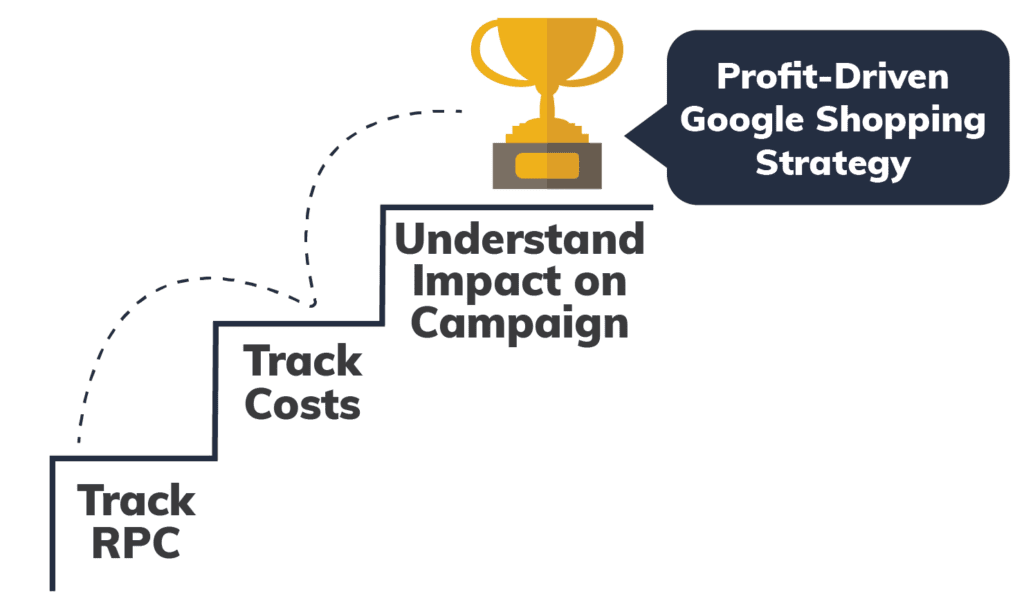Most agencies rely on a few KPIs to determine bidding strategy, like ROAS, A/S, or CPO/CPA. At Omnitail, we rely on a different core KPI: profit. Profit is the amount remaining after all costs have been accounted for, and the only metric that measures both efficiency and sales volume.
Profit-driven marketing means we use data-driven insights from a variety of different metrics, including perhaps the most important, revenue per click.
Revenue per click is just that: the amount of revenue generated by the average click. Trends in this metric carry important insights for account performance, and can help drive a profitable Google Shopping strategy. Read on to see how!
What Is Revenue Per Click?

Mathematically, RPC is the amount of revenue generated in a time period divided by the number of clicks driven. More practically, this metric measures how effective your campaigns are at driving revenue. Because it’s an excellent metric of efficiency, maximizing revenue per click is an important step toward growing profit.
Why Revenue Per Click Matters on Google Shopping

An increase in revenue per click indicates an improvement in efficiency – the same number of clicks is driving an additional level of revenue. Upward trends in revenue per click often justify an increase in Google Shopping bids (cost per click.)
For example, if your campaigns generate a 10% increase in revenue per click over time, you can choose to accept the increased revenue as profit. A better idea, though, might be to reinvest some of that additional revenue into your campaigns as ad spend, where it can generate even more revenue (and hopefully profit!) As long as your campaigns remain efficient, this cycle helps drive more traffic, generate more revenue, and create more profit!
How to Increase Revenue per Click on Google Shopping

To increase revenue per click, you can either increase the amount of revenue, or decrease the number of clicks required to generate it. Easy, right?
Not so much. Increasing revenue on its own can be a tall order – and to increase revenue per click, you need to also keep the number of clicks required to generate that revenue from rising. The easiest way to accomplish that is an increase in average order value. Advertisers can do this by pushing advertising toward higher-dollar products, or through incentivizing larger orders (with promotions, for example.)
The other option is to reduce the number of clicks required to generate that revenue (an increase in conversion rate.) Query segmentation is one way we raise conversion rates for our clients — by focusing advertising on the customers who are most likely to convert. Improvements to site user experience, or ensuring pricing is competitive are also easy wins for conversion rate.
The Biggest Concern

RPC is really just the first step to a broader strategy, one that focuses on profit. The other half of the puzzle is tracking and controlling costs, including ad spend, cost-of-goods, and variable overhead.
If you can increase revenue generated per click while ensuring costs are the same or even lower (by redirecting ad spend toward highly profitable items or search terms, for instance), profit will increase.
To do that, though, you have to not only track these costs, but understand the impact they have on campaigns. That, together with an approach that increases revenue per click, is truly a profit-driven Google Shopping strategy.






